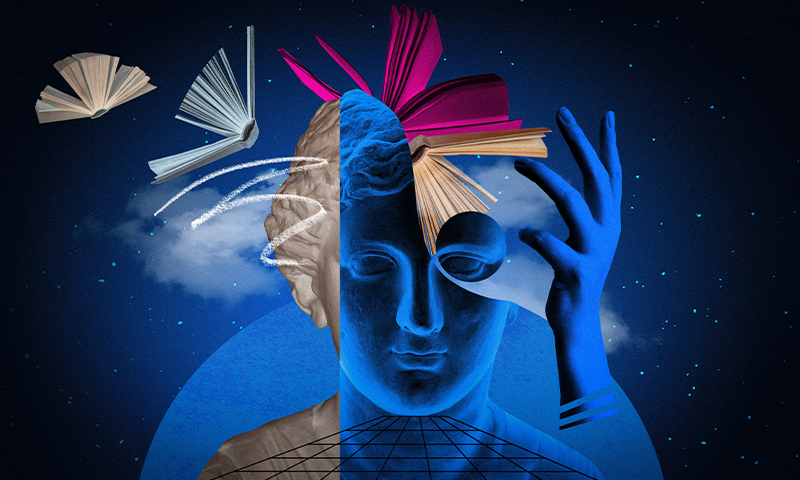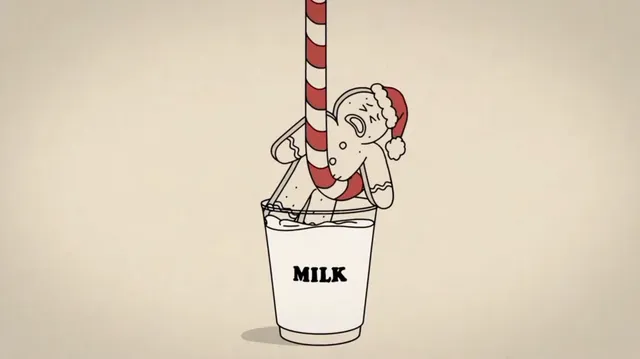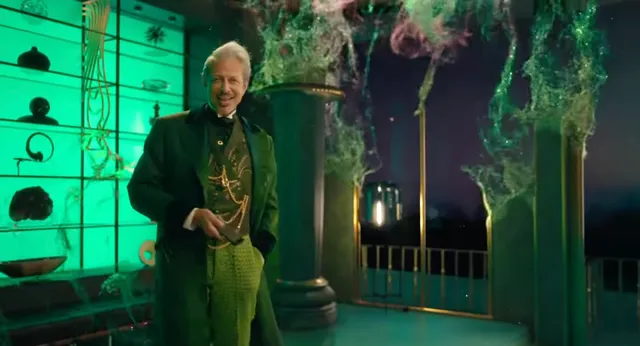What We Are Reading: Week of October 13th
This week’s reading list includes articles on Foster + Partners’ Outlier I megayacht concept, the Brewers Association’s reduced annual conference, Tile’s rise as a storytelling surface, the centenary of the photobooth, and a reading list exploring the brain as a storytelling engine.
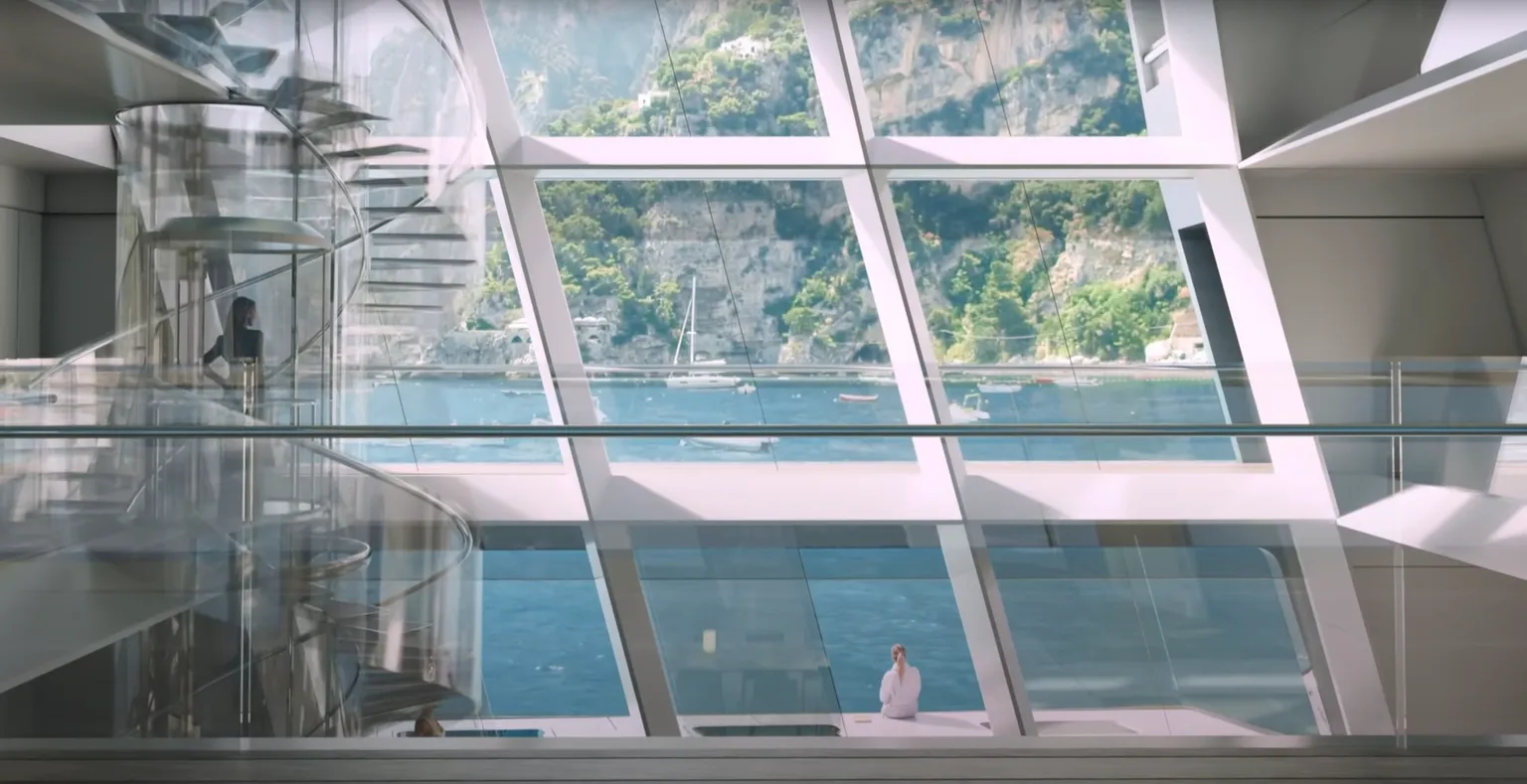
Foster + Partners’ Outlier I Megayacht
Foster + Partners
Designboom covered Foster + Partners’ new Outlier I concept at the Monaco Yacht Show. The design looks like a Dubai skyscraper laid horizontal and set to sea. The British architecture firm known for glass towers and cultural landmarks brings its full architectural discipline to the water, rethinking proportion, transparency, and circulation at superyacht scale.
The takeaway here is how Foster + Partners architects desire through its brand language. Outlier I presents luxury as a spatial mindset. The firm uses the same vocabulary of light and structure that defines its land projects and applies it to motion. The result is that they’re selling perspective, not possession.
It looks like the home of either a billionaire visionary or the final villain boss of a prestige sci-fi drama. Either way, it’s a reminder that the most powerful luxury brands sell control of environment as the ultimate status symbol.
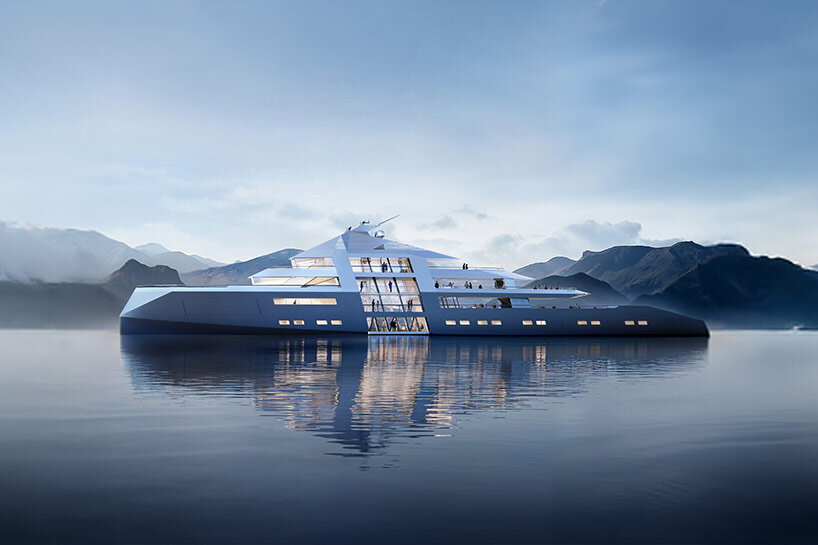
The Brewers Association Shrinks Its Conference

VinePair’s Hop Take by Dave Infante has a great piece on how the Brewers Association is scaling back its annual Craft Brewers Conference. They’re cutting a day off the event, simplifying ticket prices, and rethinking what “value” means for an industry that isn’t growing anymore.
What stood out isn’t just the cost-cutting. It’s the mindset shift. For years, the measure of success in craft beer was “How much are you up?” Now it’s more like “How are you holding up?” It’s a culture moving from growth to grit.
Worth a read if you’re interested in how mature industries pivot when the party’s over and reality sets in.
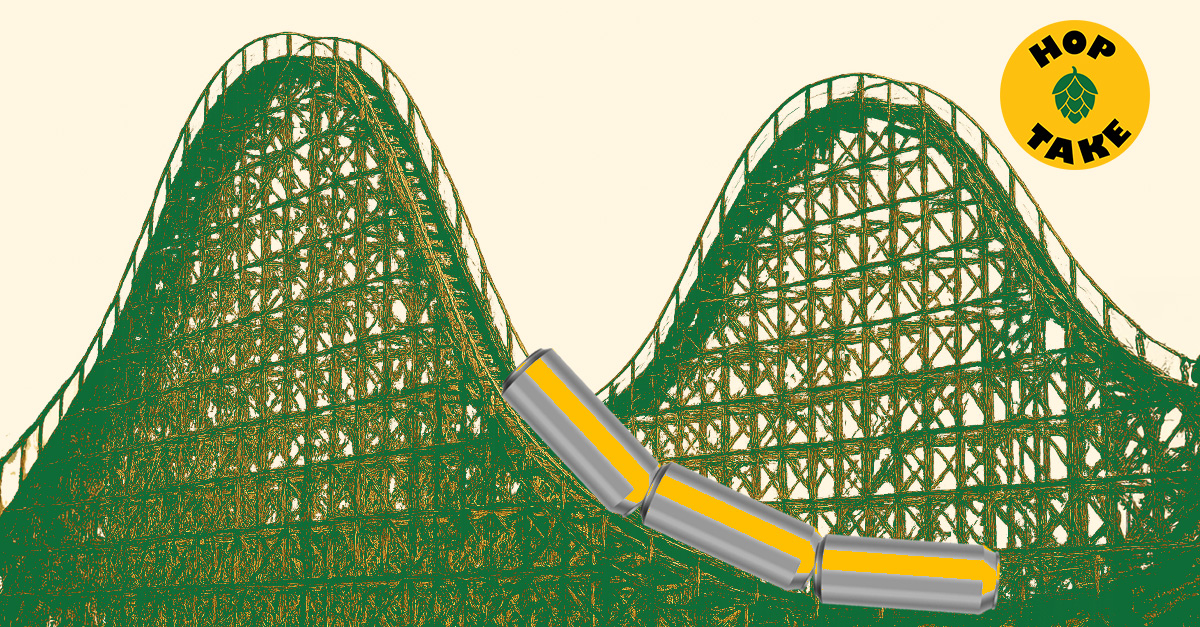
Tile’s Rise as Storytelling Surface

Azure’s Cersaie 2025 roundup captures a shift in design. Bologna’s expressive, strange, and personal atmosphere reflects Tile’s move from background texture to storytelling surface.
Brands like Moooi, 41zero42, and Tonalite use pattern, color, and craft as emotional language. Tiles with extinct animals, geometric puzzles, and pop-art cutouts turn walls into conversation pieces, conveying a desire for design that expresses meaning.
This cultural correction follows years of neutral tones and quiet luxury, with the pendulum swinging toward personality and narrative. Even utilitarian materials are asked to carry meaning.
Worth reading for insights into the future of decorative design when “good taste” loosens its grip.
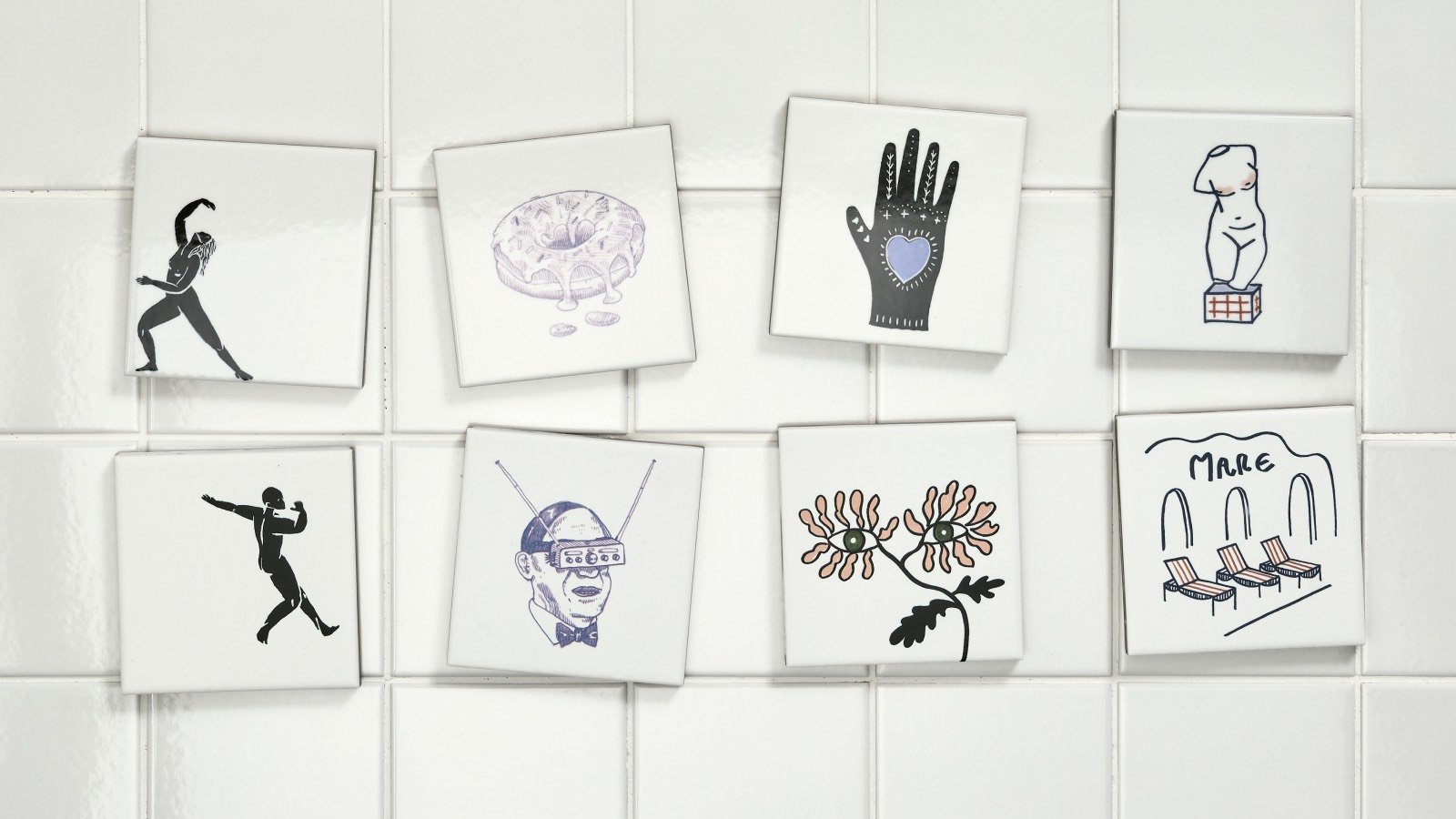
The Photobooth at 100

It’s Nice That has a great piece on The Photographers’ Gallery show “Strike a Pose! 100 Years of the Photobooth.” The read tracks the booth from Josepho’s Photomaton to its comeback in cities today. What stands out is the core idea: the photobooth is the original selfie camera. Cheap, public, and open 24 hours, it gave anyone a private stage and a strip of uneditable proof. Imperfections are the point. Blink, smirk, blur, keep it.
The takeaway is a cultural one: As photos get infinite and frictionless, people keep seeking finite and physical. The booth’s constraints create agency and play. Artists used it as a mini studio. Communities use it as a living archive. If you look at it as design history, it shows how a function can survive while the tech around it changes. Worth a read if you care about how tools shape behavior, and how small machines become social rituals.
🔗 The cooler, elder sibling of the selfie turns 100: Celebrating the centenary of the photobooth
The Brain as Story Engine

Nautilus put together a great reading list on the brain, featuring ten books that go beyond biology to explore consciousness, creativity, and perception. From Oliver Sacks’ case studies to Ishiguro’s Klara and the Sun, the list traces how storytelling itself is a neurological act.
Along with the science, there is a pattern that stands out: Every author treats the brain less like hardware and more like a storyteller in motion. Emotions, perception, and even certainty are framed as acts of narrative construction, proof that what we think of as “mind” might really be editing, interpretation, and improvisation all at once.
It’s a solid list for anyone interested in how culture, cognition, and creativity intertwine, and how literature continues to outpace science in mapping what consciousness feels like.
